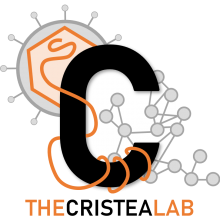HIV-host interactome revealed directly from infected cells
Type
Although genetically compact, HIV-1 commandeers vast arrays of cellular machinery to sustain and protect it during cycles of viral outgrowth. Transposon-mediated saturation linker scanning mutagenesis was used to isolate fully replication-competent viruses harbouring a potent foreign epitope tag. Using these viral isolates, we performed differential isotopic labelling and affinity-capture mass spectrometric analyses on samples obtained from cultures of human lymphocytes to classify the vicinal interactomes of the viral Env and Vif proteins as they occur during natural infection. Importantly, interacting proteins were recovered without bias, regardless of their potential for positive, negative or neutral impact on viral replication. We identified specific host associations made with trimerized Env during its biosynthesis, at virological synapses, with innate immune effectors (such as HLA-E) and with certain cellular signalling pathways (for example, Notch1). We also defined Vif associations with host proteins involved in the control of nuclear transcription and nucleoside biosynthesis as well as those interacting stably or transiently with the cytoplasmic protein degradation apparatus. Our approach is broadly applicable to elucidating pathogen-host interactomes, providing high-certainty identification of interactors by their direct access during cycling infection. Understanding the pathophysiological consequences of these associations is likely to provide strategic targets for antiviral intervention.

